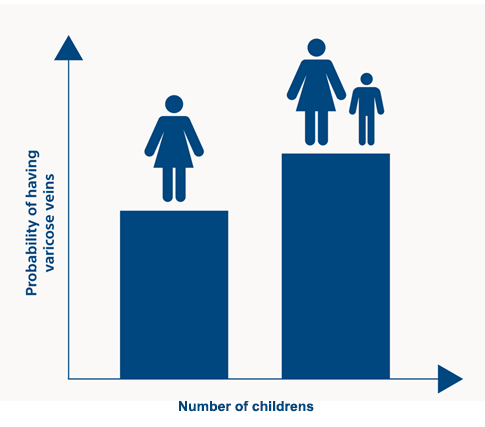What is Pelvic Venous Congestion Syndrome?
Pelvic Venous Congestion Syndrome (PVCS) is a condition where the veins in the pelvis become enlarged or dilated, leading to chronic pelvic pain. It primarily affects women and is thought to be caused by poor blood flow or venous insufficiency in the pelvic veins, which can result in the veins becoming engorged and congested with blood.
What causes Pelvic Venous Congestion Syndrome?
Normally the blood is pumped from the legs, through the veins in the pelvis and abdomen to the heart. The blood normally flows from the ovaries through the ovarian veins. The right ovarian vein joins the inferior vena cava and the left ovarian vein joins the left renal vein.
When the valves in the vein stop working or there is obstruction to the flow of the blood in the veins going back to the heart, the blood then flows backwards (i.e., the wrong way, away from the heart). This causes the varicose veins in the pelvis around the ovaries, vulva/vagina and down the inner thigh and legs, causing PCS.²



